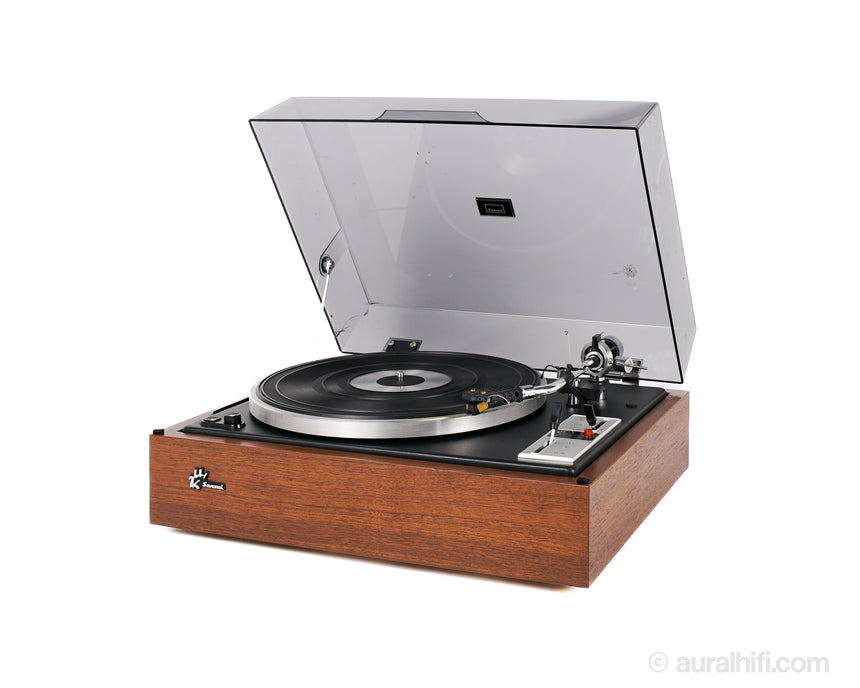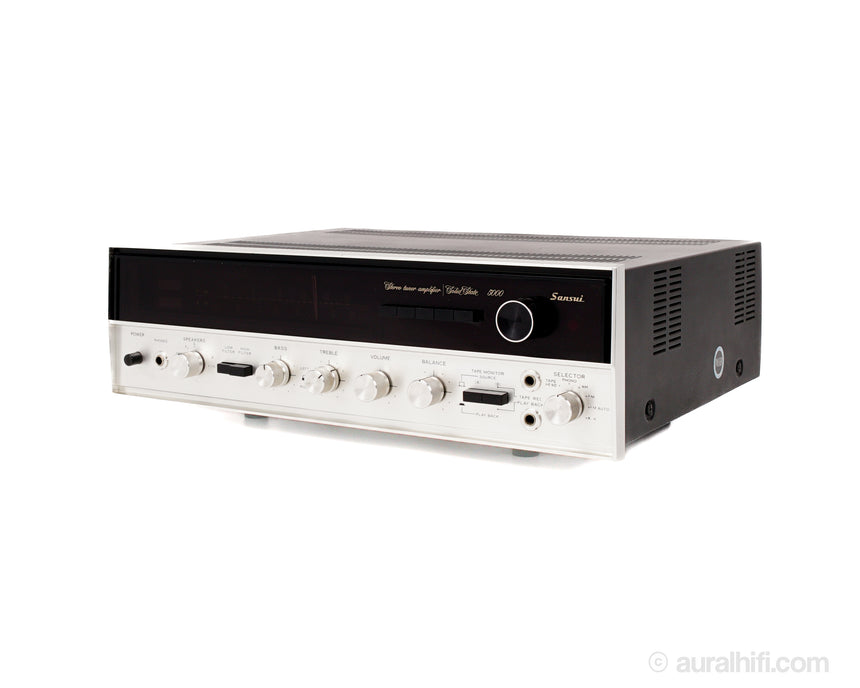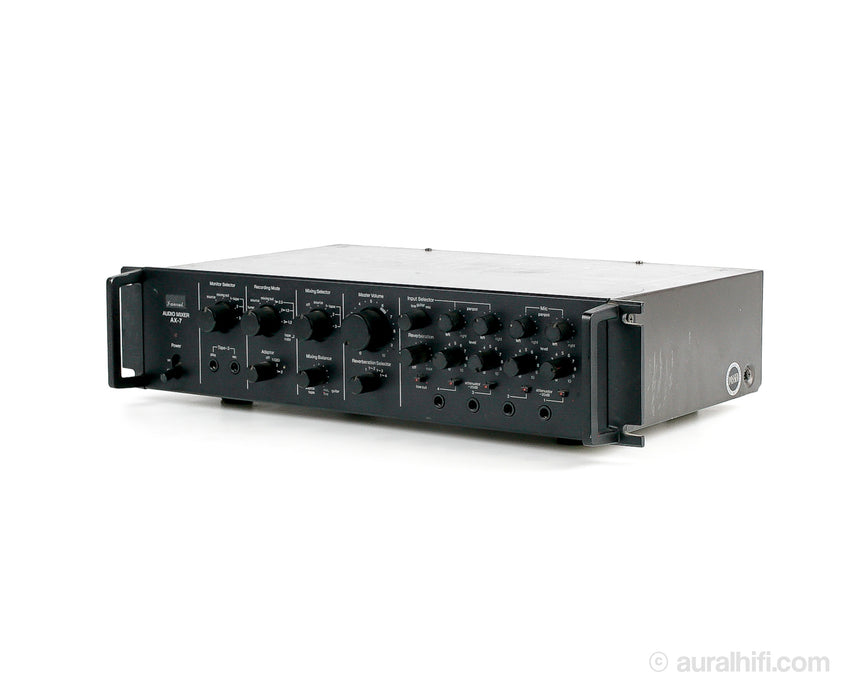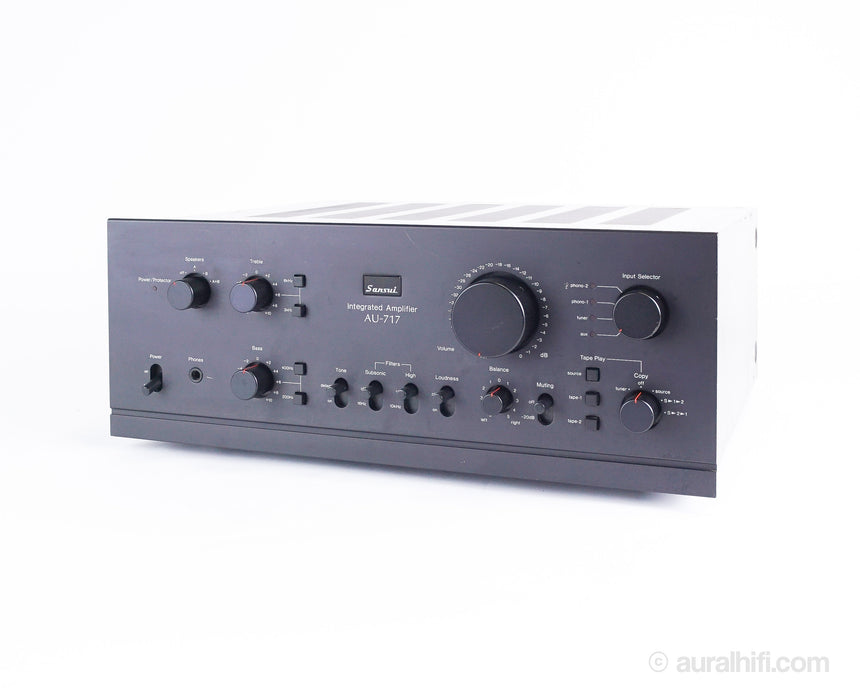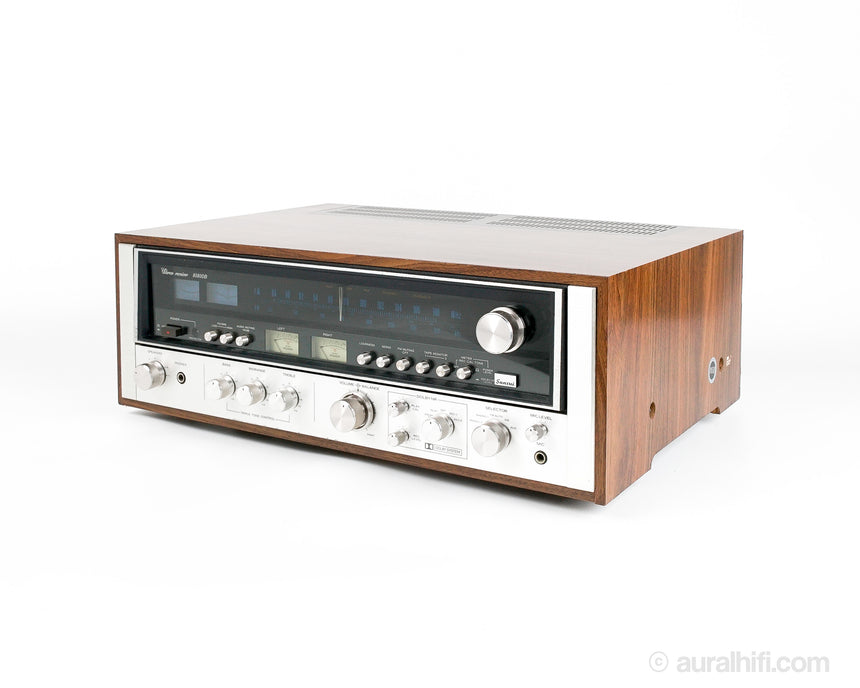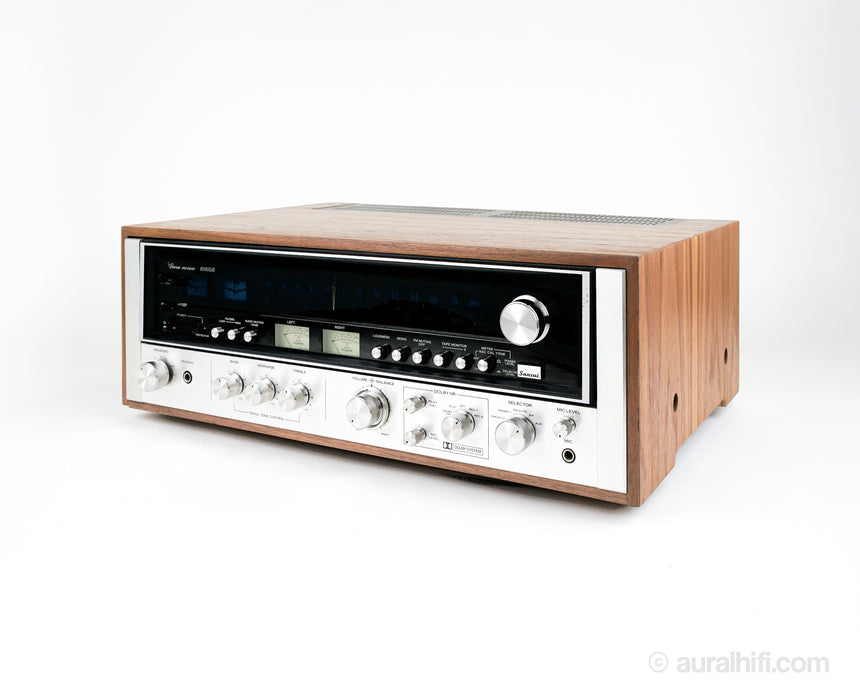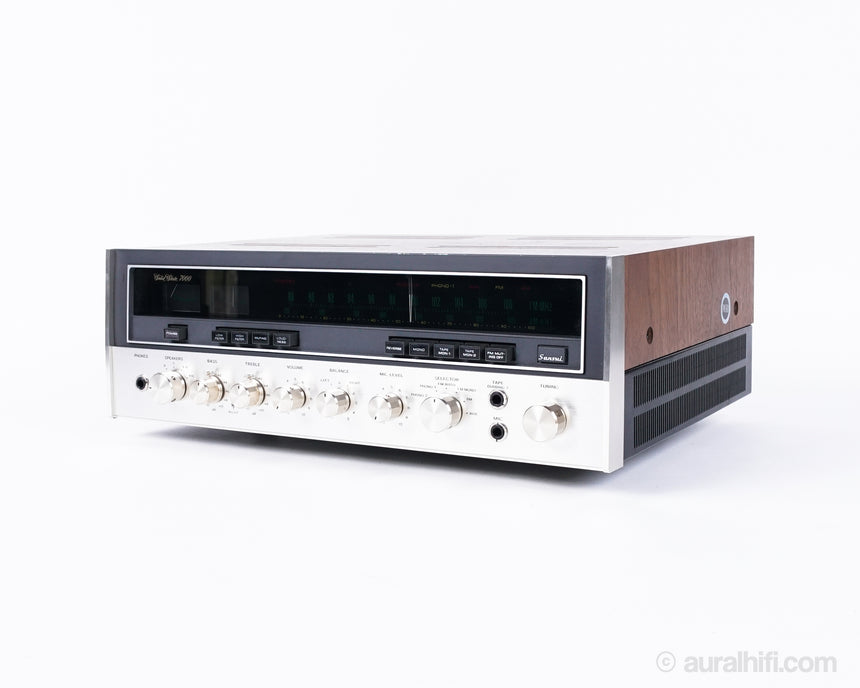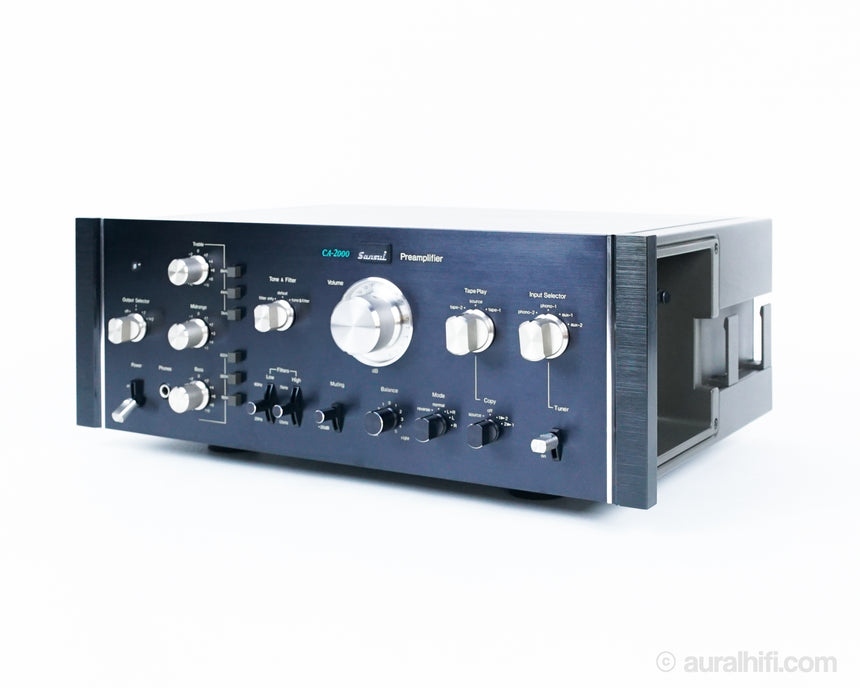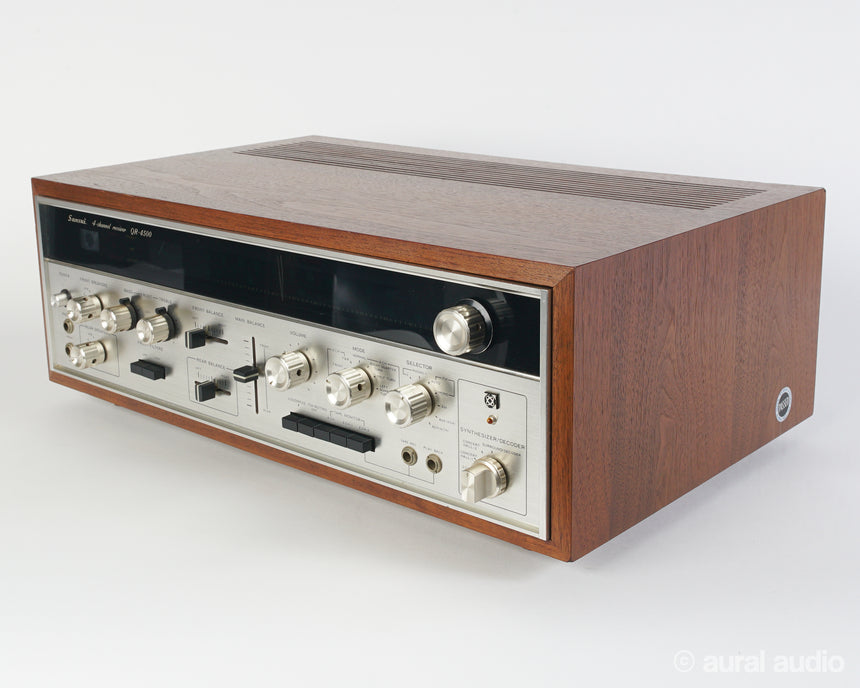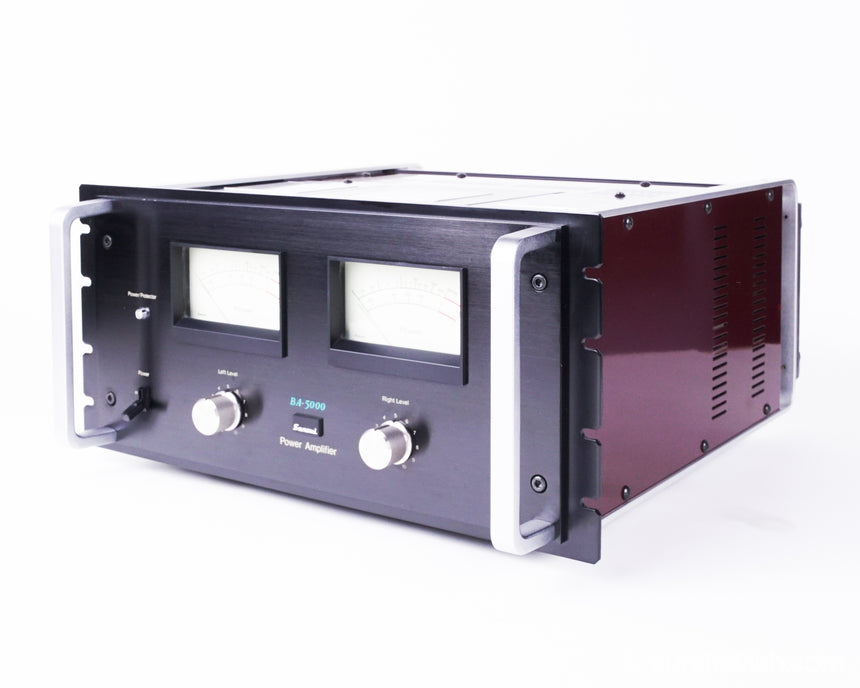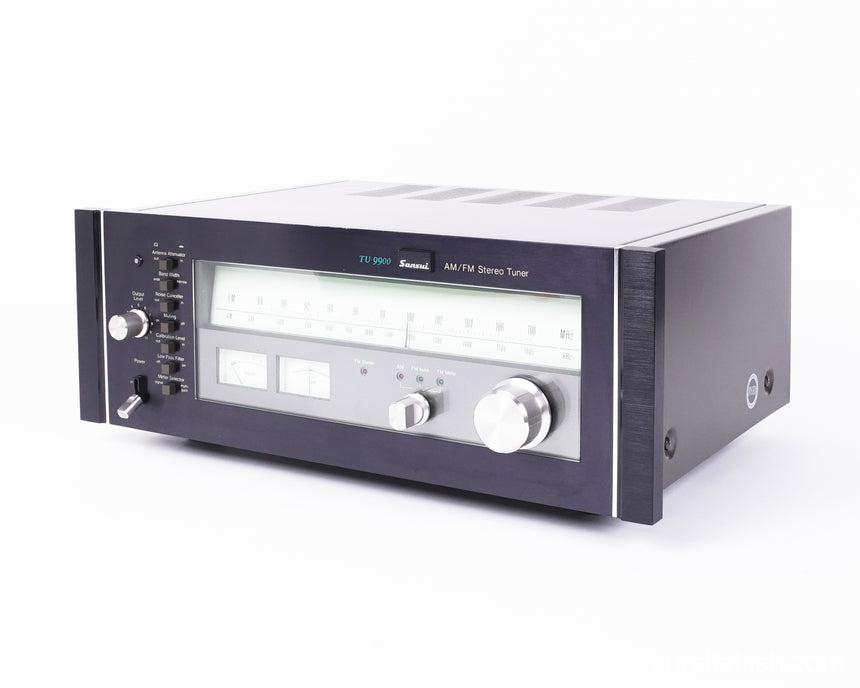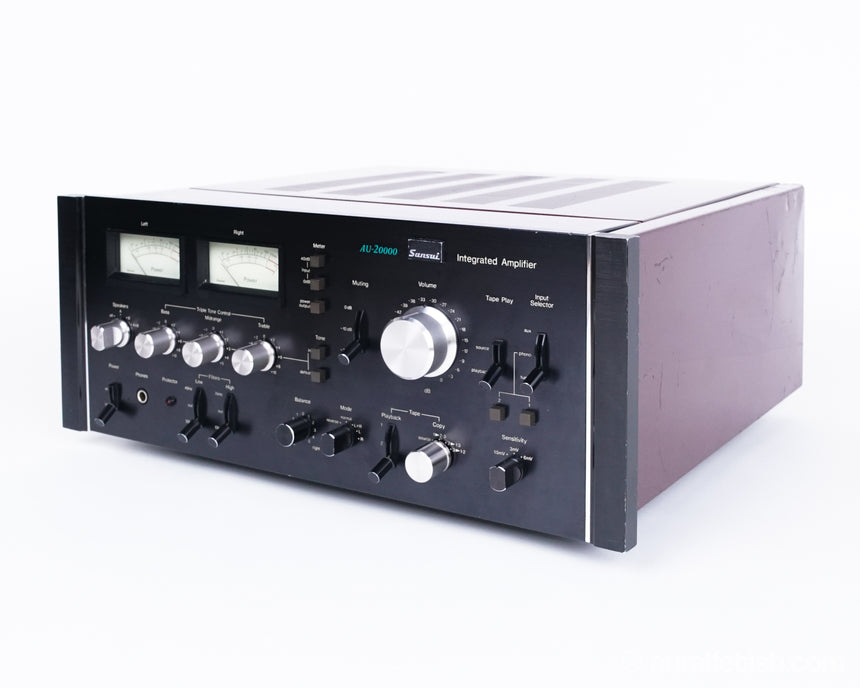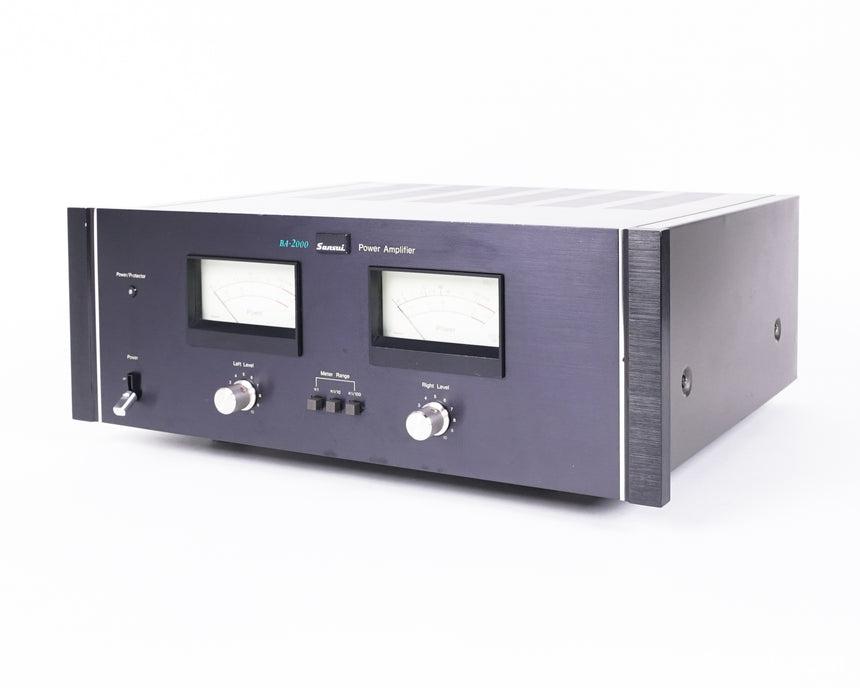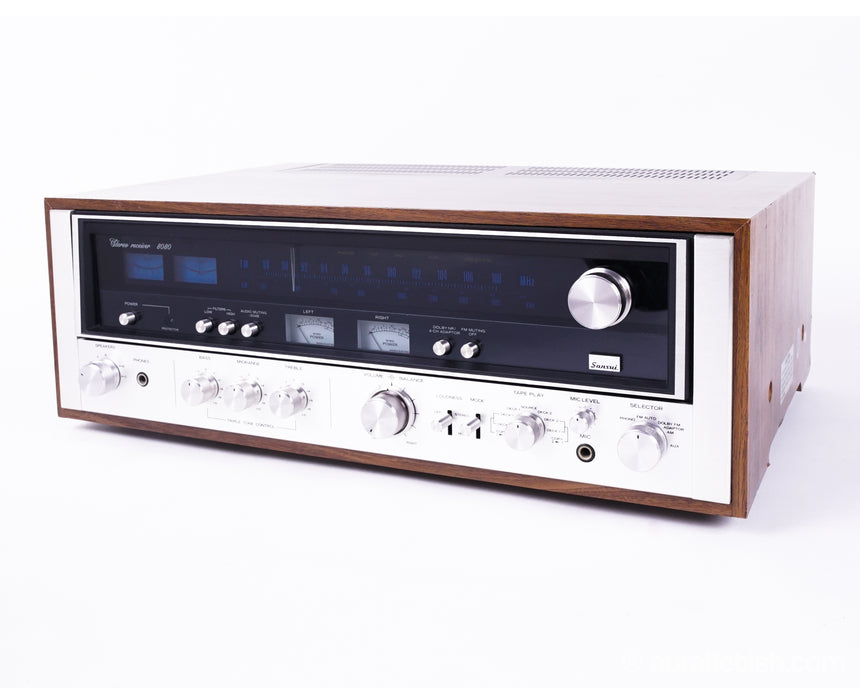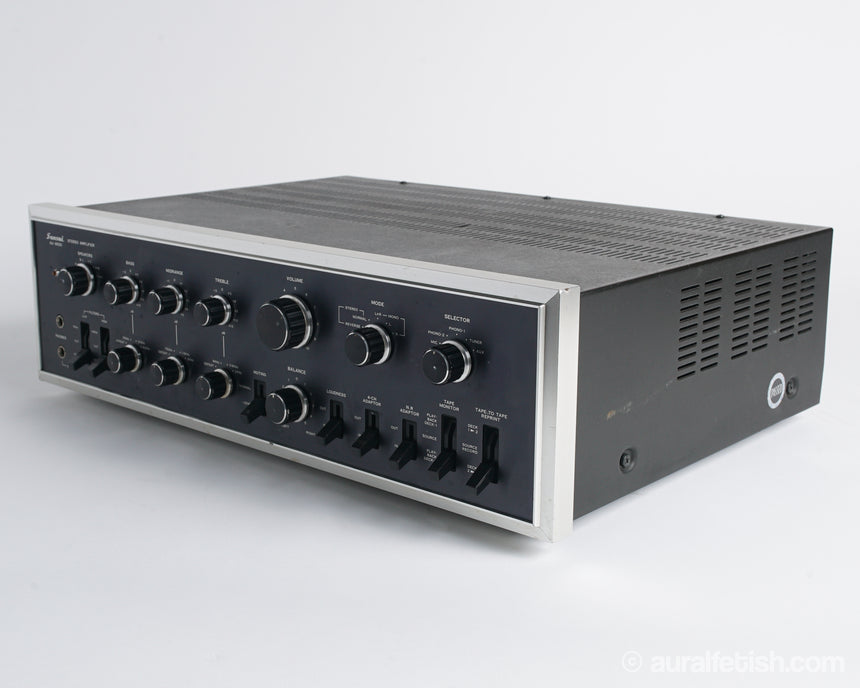THE HISTORY OF SANSUI

Sansui was founded in 1947 in Tokyo Japan by Mr. Kosaku Kikuchi. Started as a transformer manufacturer, Sansui produced various audio products for more than fifty years. In its heyday, somewhere between the late 1970’s and the mid 1980’s, Sansui was a well known brand all over the world.
The name “Sansui” means “Mountain and Water.” The implicit appreciation of “Sansui” goes back more than thousand years to ancient China. That was black ink drawings which depict nature, such as trees, rocks, and streams.
A Japanese Zen monk named Sesshu who was eager to learn this technique went to China in the Ming dynasty period. After several years of visit, he came back to Japan and developed his own version of “Sansui” drawing. Sesshu tried to mix his Zen philosophy into the simplicity of “Sansui” drawing. He passed away at the age of 83 in 1503 leaving many masterpieces and left fundamental influences on Japanese culture. The meaning of strength and simplicity in black and white is far beyond the level of just drawing techniques. Almost all ancient Japanese culture has been somehow influenced by this philosophy.
When the founders of the transformer company named their company as Sansui, they must have thought about the philosophy of “Sansui” drawings, and its fundamental meanings; strength and simplicity of black ink drawing on white paper for the purpose of depicting nature mixing with the value of your life.
Most Sansui masterpieces have black front panel with white lettering. Just imagine the looks of AU-111, AU-999, AU-9500, AU-9900, AU-919, AU-G99X, AU-X901, AU-X1, to AU-X1111 as well as the piano black, SR929. Even 9090DB comes with black panel under the different name, 990DB.
After Sansui retreated from the U.S. market in the late 1980’s, Sansui still kept producing some masterpieces under “Alpha series” until 2001 when Sansui closed the corporate headquarters in Shin -Yokohama. The irony is that Sansui peaked its reputation in the tube gear era with AU-111, followed by the incredible array of solid state equipment, and lost its presence in the high end audiophile market right after reviving AU-111 as AU-111 Vintage in 1999.

